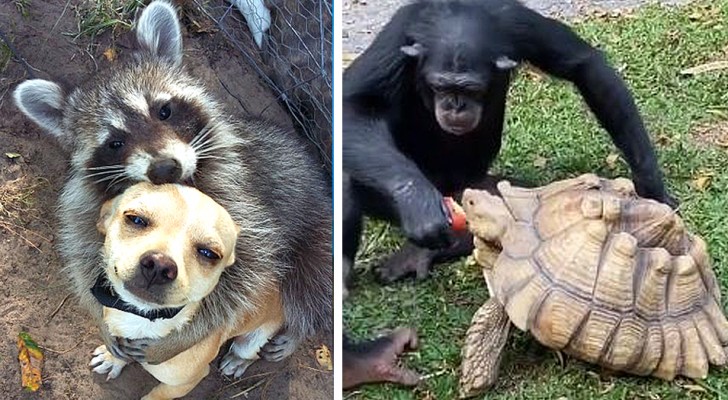A photographer spends 2 years photographing endangered animals and captures images of moving beauty!
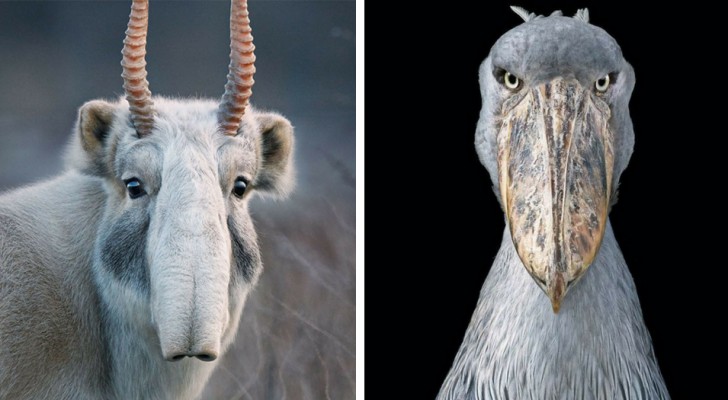
When we talk about endangered animal species, polar bears, rhinoceroses, and tigers come to mind right away! In fact, all of them are so wonderful that the thought of not seeing them again on this Earth should break our heart.
The reality of the number of animals that are at risk, however, is much more extensive, so the photographer Tim Flach decided that only by photographing as many as possible, even the less known, could he launch an emergency message and make people reflect on what we risk losing forever.
The images you see gathered here are the result of a two-year effort during which Flach has put together a project called Endangered --- the result is something deeply fascinating and at the same time very moving.
The Iberian lynx (Lynx pardinus) --- Thanks to the protection and conservation of animal species, we have managed to bring the number of specimens up from 100 to 326.
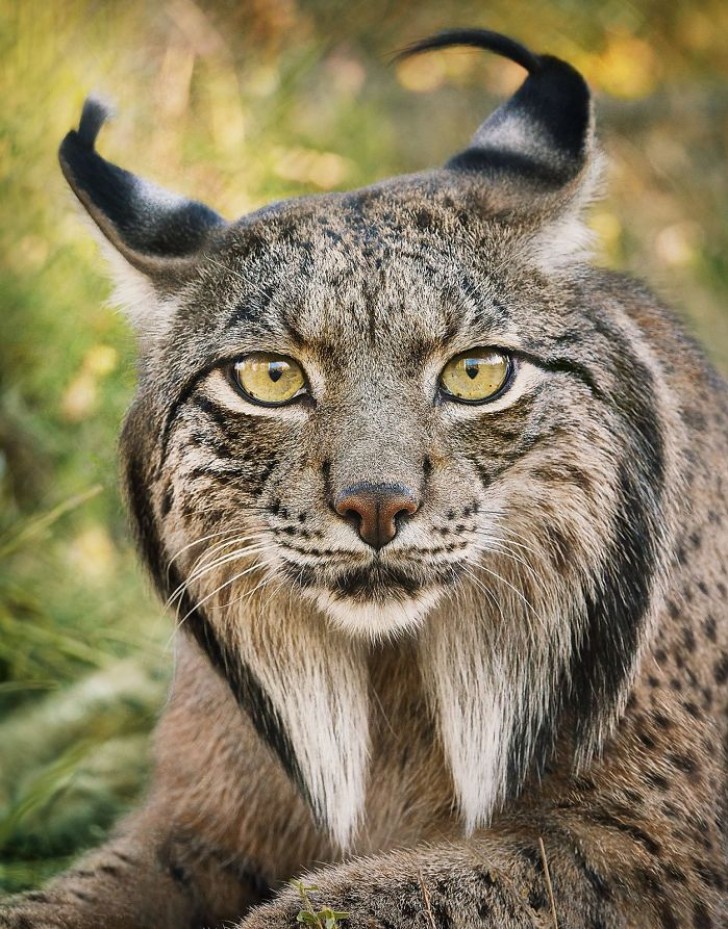
© Tim Flach, from Endangered by Tim Flach
Philippine Eagle --- Only 600 specimens remain of the national bird of the Philippines.
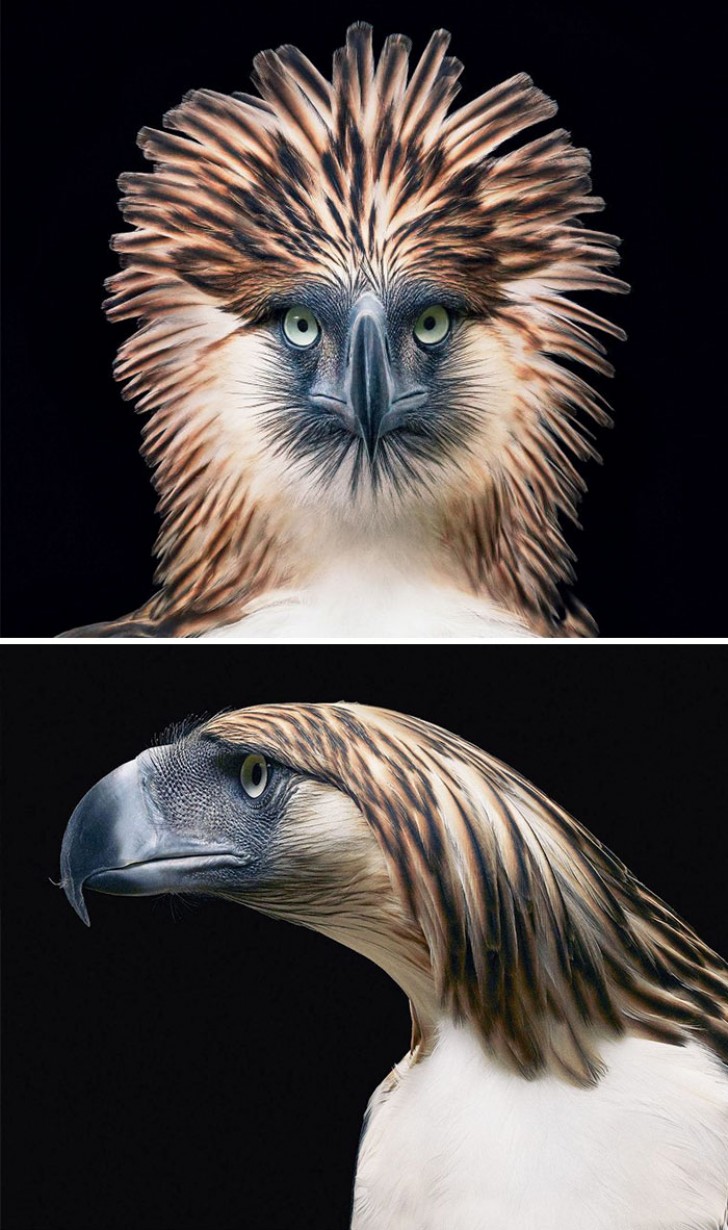
© Tim Flach, from Endangered by Tim Flach
Mongolian Tatarica Saiga --- 750 specimens remain.
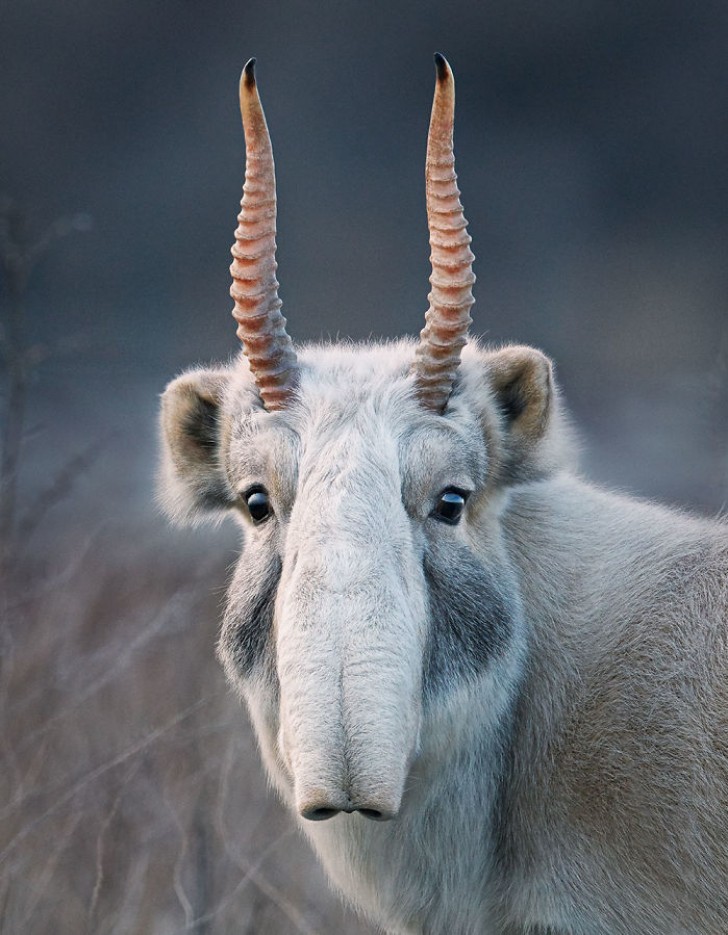
© Tim Flach, from Endangered by Tim Flach
Lesser Panda --- the number of these animals decreases each year and, among mammals, is one of the 100 species exposed to the greatest risk of extinction.
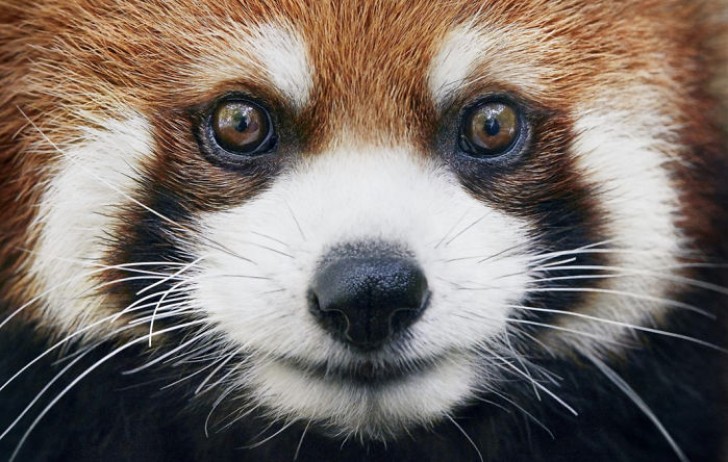
© Tim Flach, from Endangered by Tim Flach
Golden snub-nosed monkey --- It lives only in the highlands of southwestern China and the male specimen is characterized by a light-colored snout.
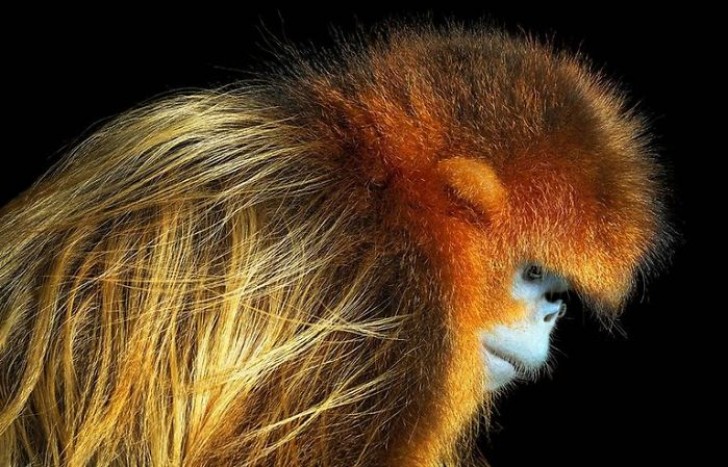
© Tim Flach, from Endangered by Tim Flach
Fireflies --- There are different types but their number is decreasing more and more in different parts of the world.
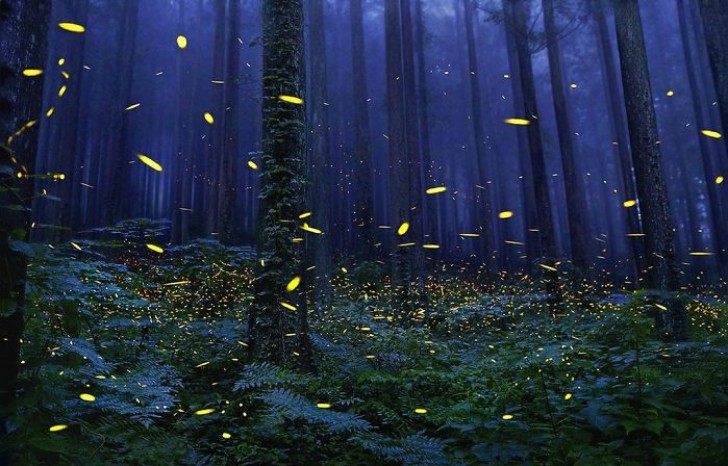
© Tim Flach, from Endangered by Tim Flach
This is believed to be due to factors such as the destruction of natural habitats, pollution, and the use of pesticides.
Western lowland gorilla --- It is the most widespread species but at the same time the most subject to hunters' attacks and the destruction of their natural habitat.

© Tim Flach, from Endangered by Tim Flach
Shoe-beak --- This large stork-like bird lives in East Africa and is considered a species at risk because it is estimated that there are only 8000 specimens left.
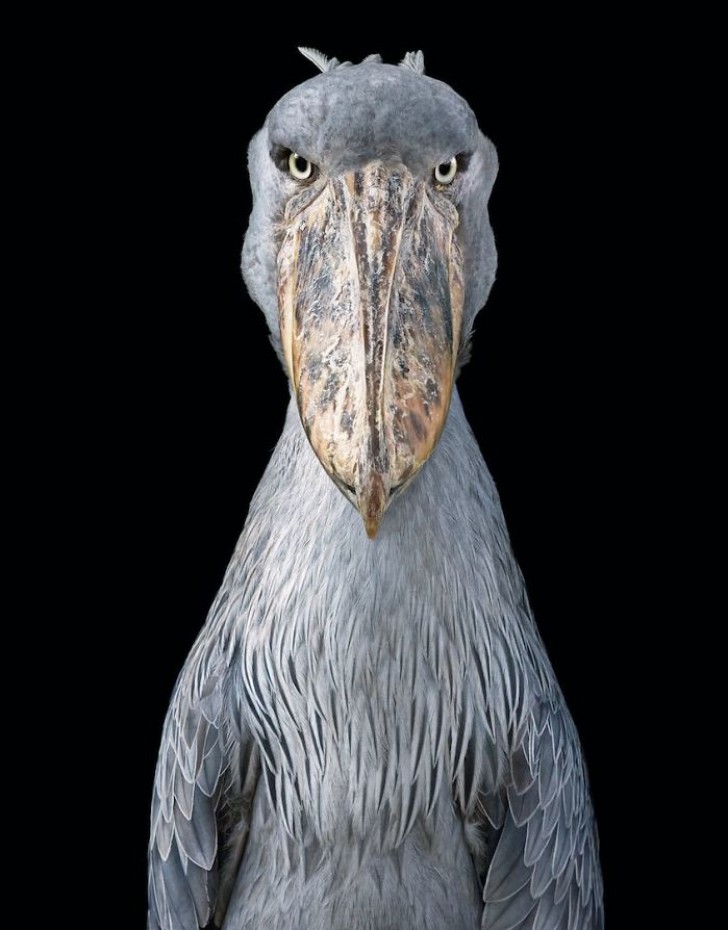
© Tim Flach, from Endangered by Tim Flach
Marine Iguana --- This is not a species currently at risk but the future forecasts regarding the development of tourism do not leave much hope for this animal that lives in the Galapagos Islands.
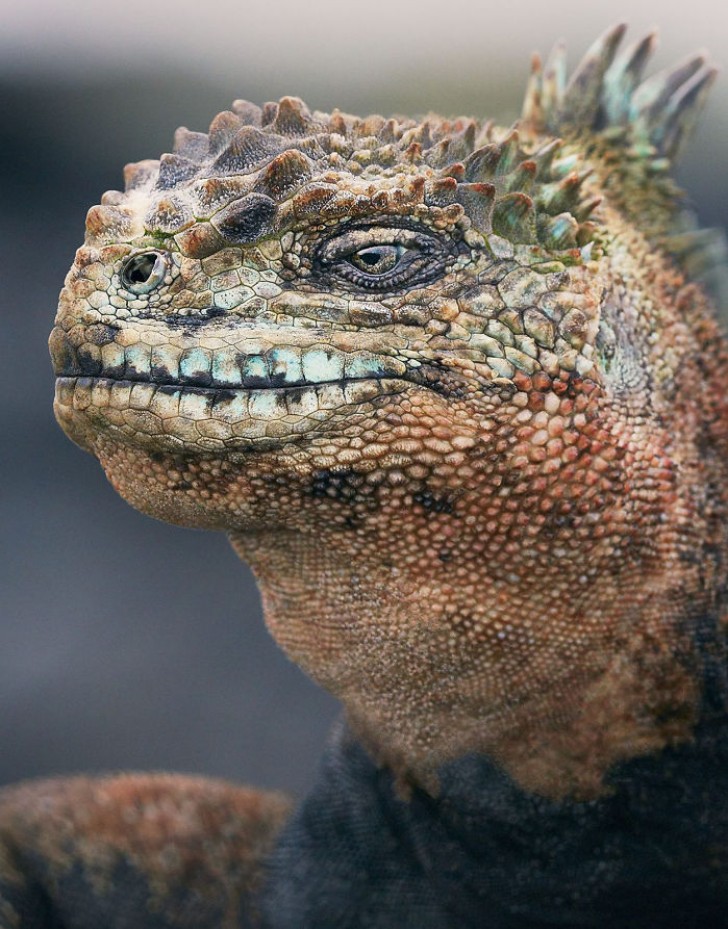
© Tim Flach, from Endangered by Tim Flach
Proboscis monkey --- In forty years, the number of specimens has decreased by half.
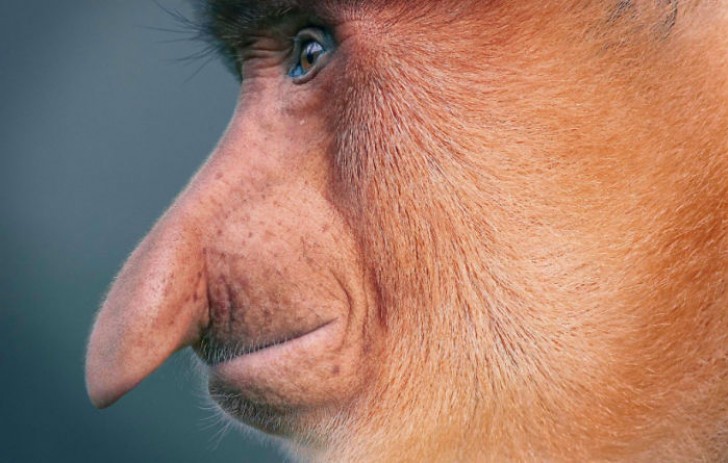
© Tim Flach, from Endangered by Tim Flach
Pangolin tricuspid (or arboreal) --- It is hunted for food and traditional medicine.
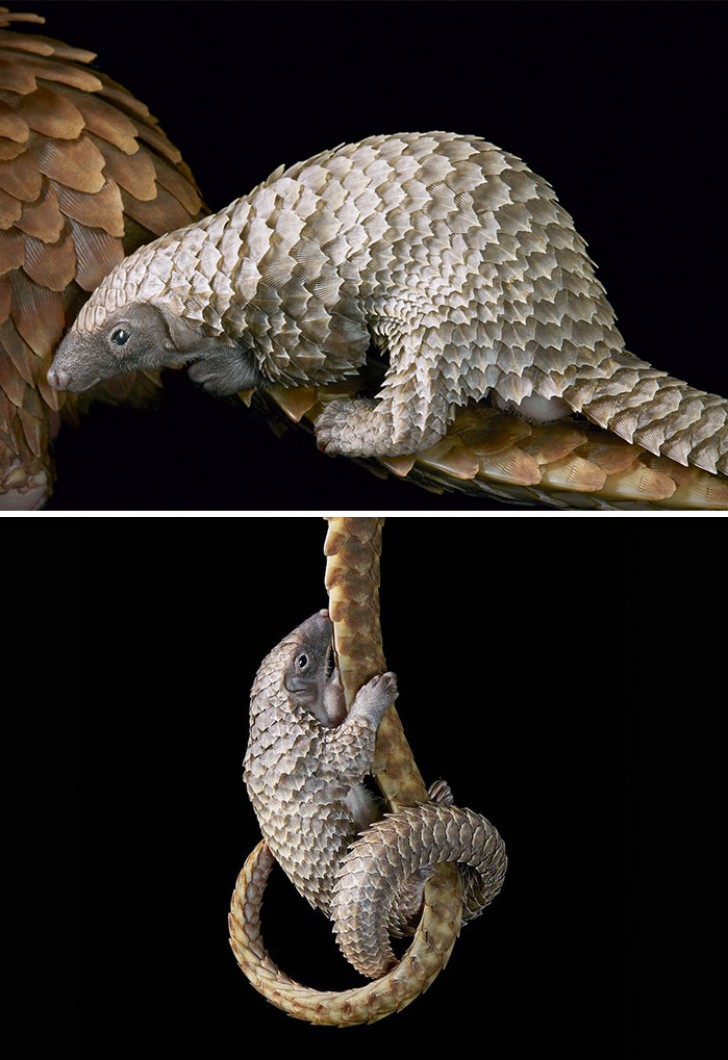
© Tim Flach, from Endangered by Tim Flach
Spotted newt of the Zagros Mountains (Iran).
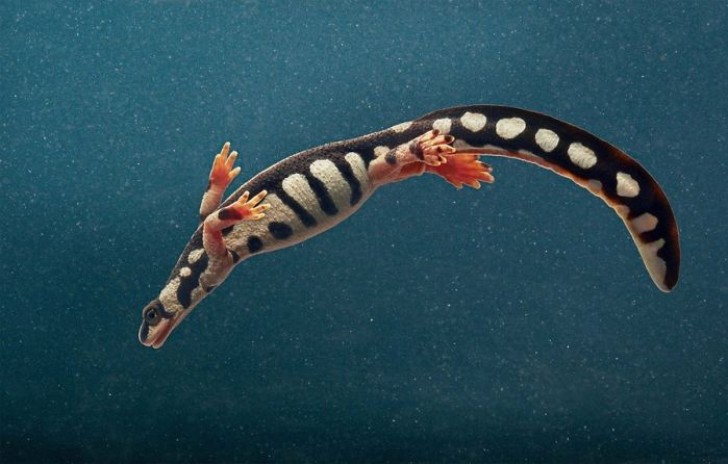
© Tim Flach, from Endangered by Tim Flach
Piloted vulture --- The threat factors are multiple, both accidental and voluntary.
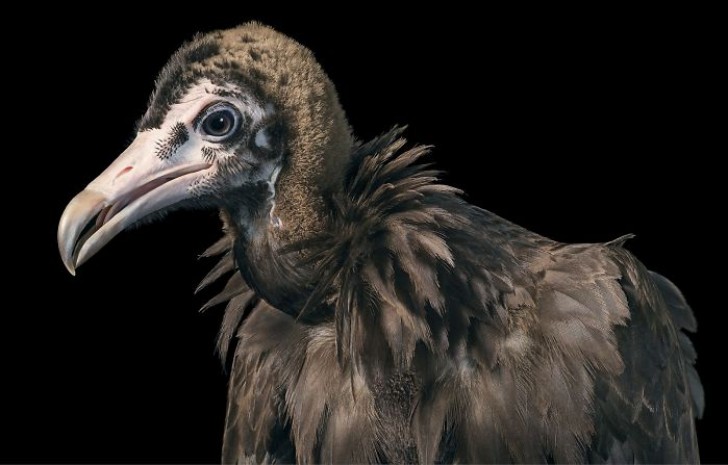
© Tim Flach, from Endangered by Tim Flach
Sturgeon ---- It is hunted for its caviar.

© Tim Flach, from Endangered by Tim Flach
Egyptian Vulture (Neophron percnopterus)
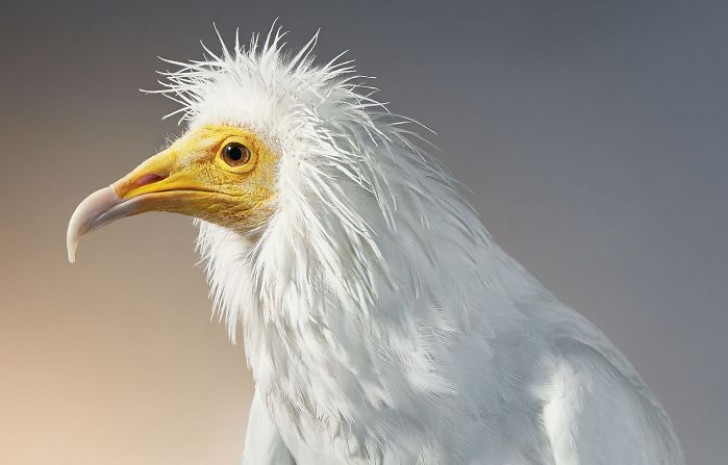
© Tim Flach, from Endangered by Tim Flach
Northern white rhinoceros --- It is already basically considered extinct in nature.
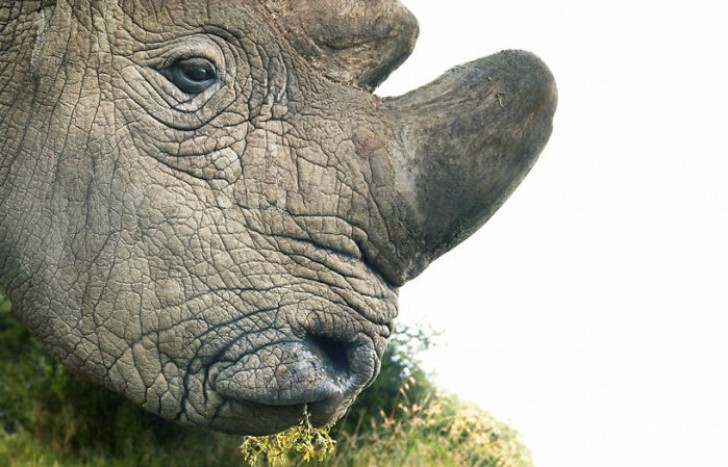
© Tim Flach, from Endangered by Tim Flach
Giant Panda --- The total population is still constituted by a very low number (about 1,864) but the good news is that it is increasing.
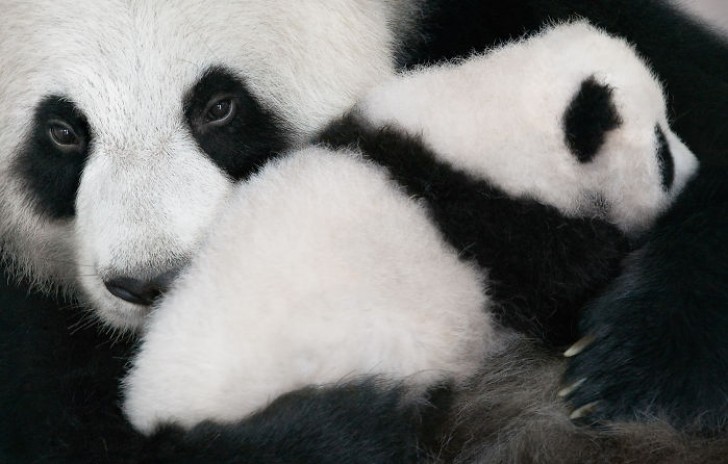
© Tim Flach, from Endangered by Tim Flach
The hippopotamus is considered a vulnerable species.
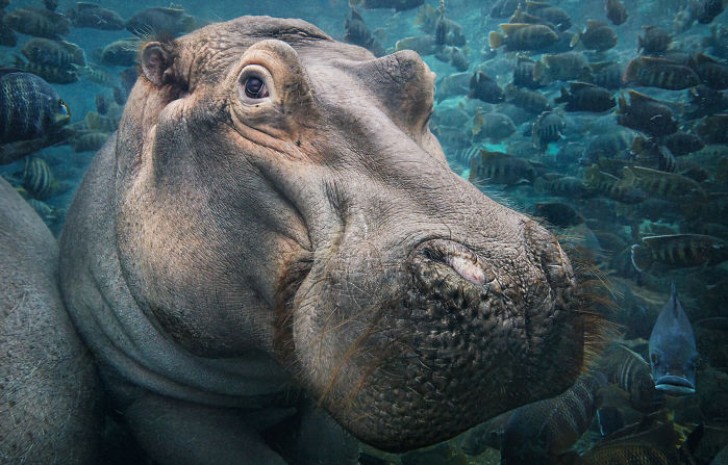
© Tim Flach, from Endangered by Tim Flach
Polar bear --- The exact number is difficult to establish but it is estimated that only 20-25 thousand specimens have survived.
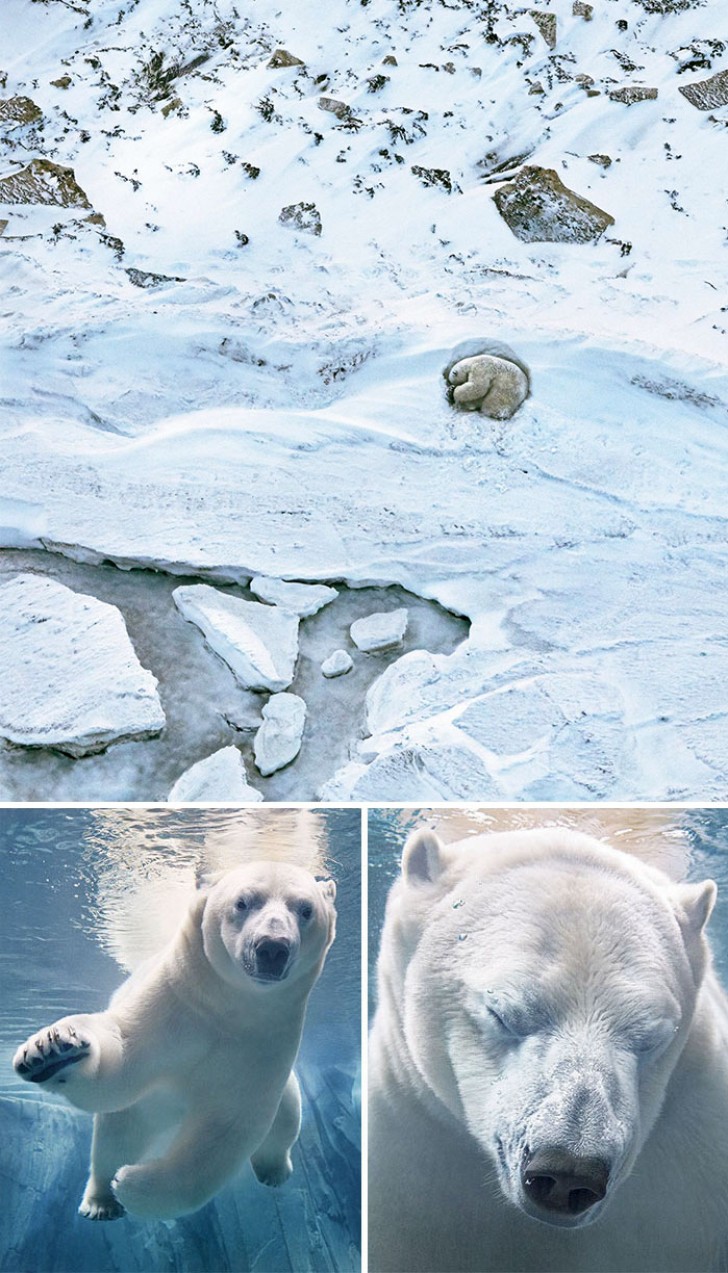
© Tim Flach, from Endangered by Tim Flach
Sea angel (clade Gymnosomata) --- They are not at risk but the rise in temperature in the oceans threatens their survival as they live only in very cold waters.
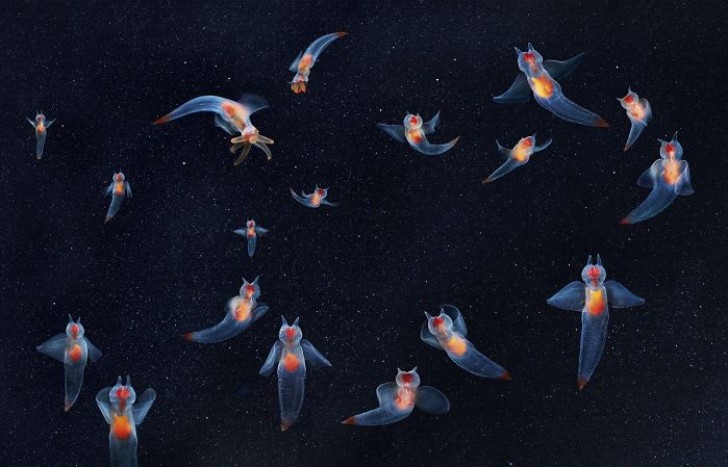
© Tim Flach, from Endangered by Tim Flach
Pied tamarin --- An endangered primate found in the Brazilian Amazon Rainforest.
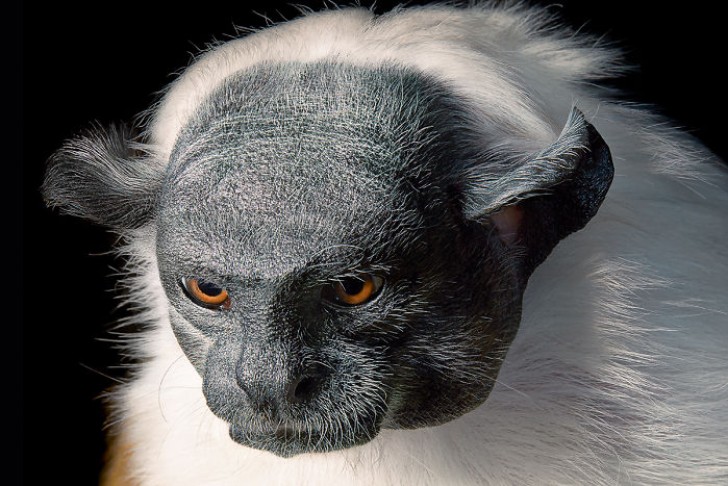
© Tim Flach, from Endangered by Tim Flach
Cheetah
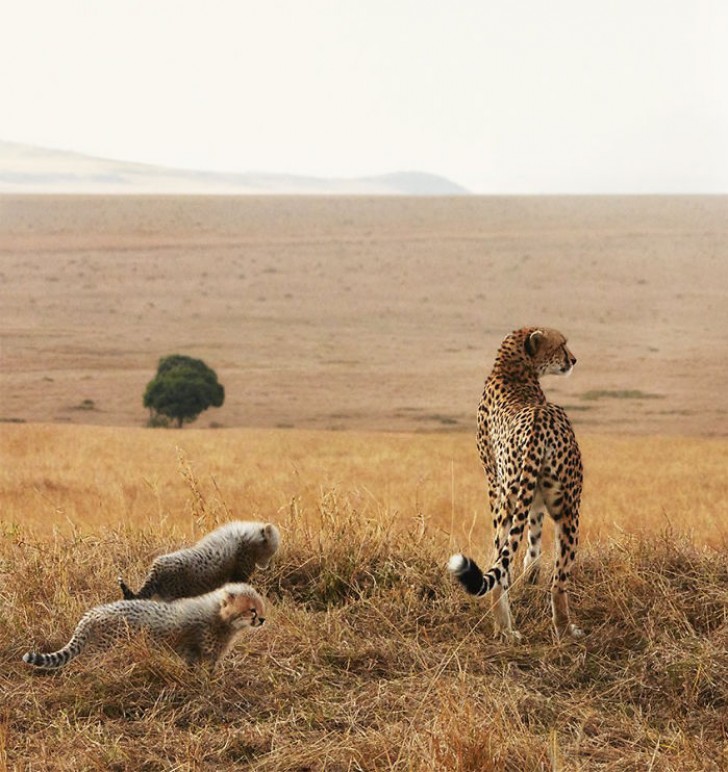
© Tim Flach, from Endangered by Tim Flach
African elephant
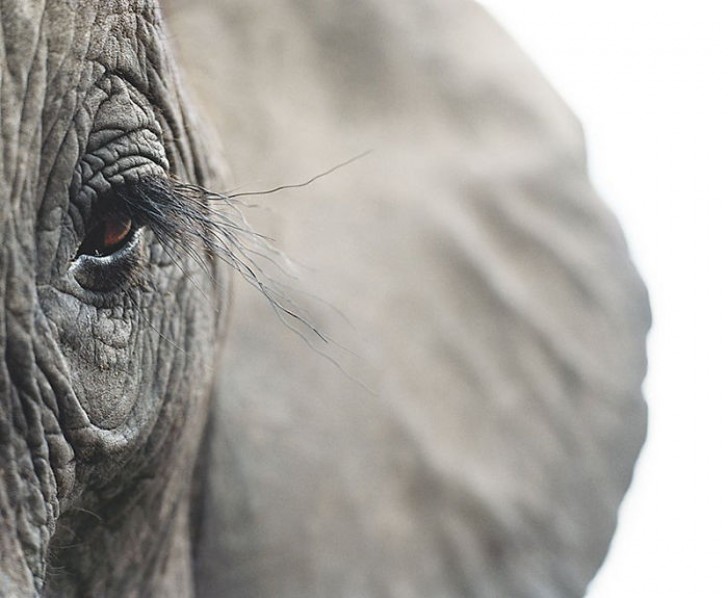
© Tim Flach, from Endangered by Tim Flach
Western honey bee (European bee) --- The extinction of this insect would put the existence of life on Earth at risk.
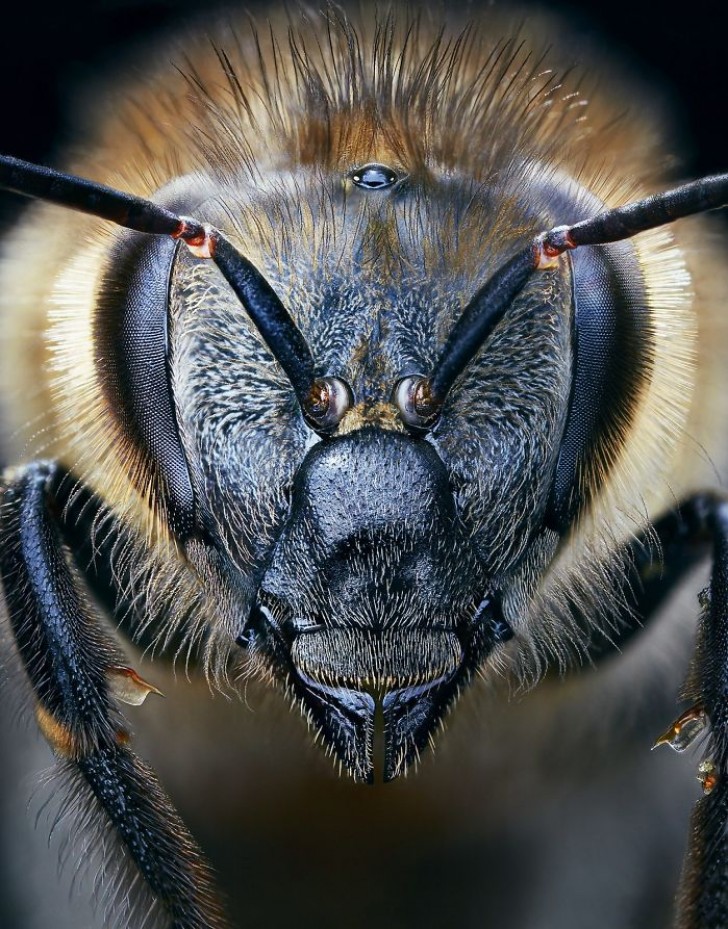
© Tim Flach, from Endangered by Tim Flach
Manchurian Crane
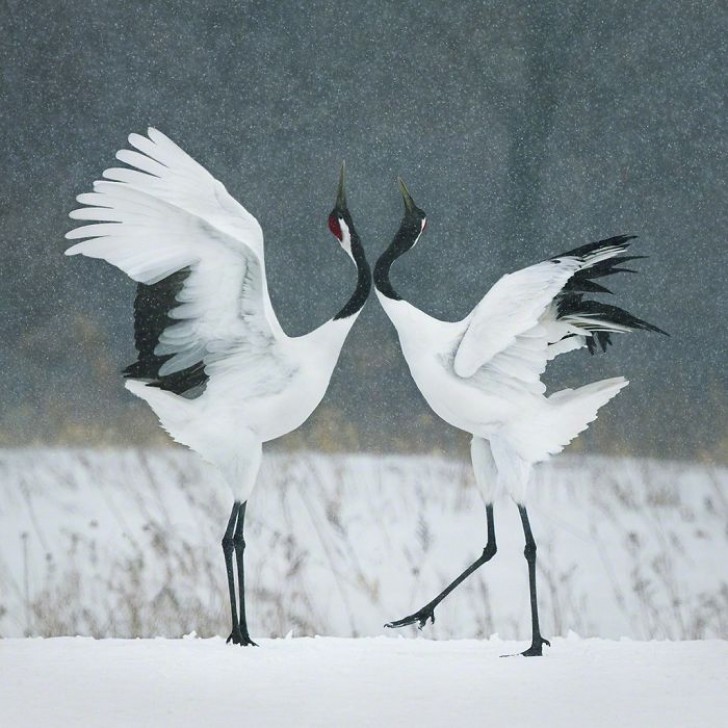
© Tim Flach, from Endangered by Tim Flach
Arabian oryx
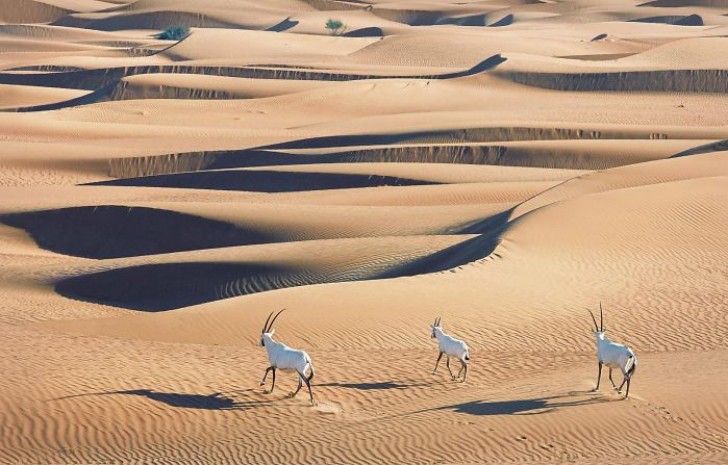
© Tim Flach, from Endangered by Tim Flach
Military macaw
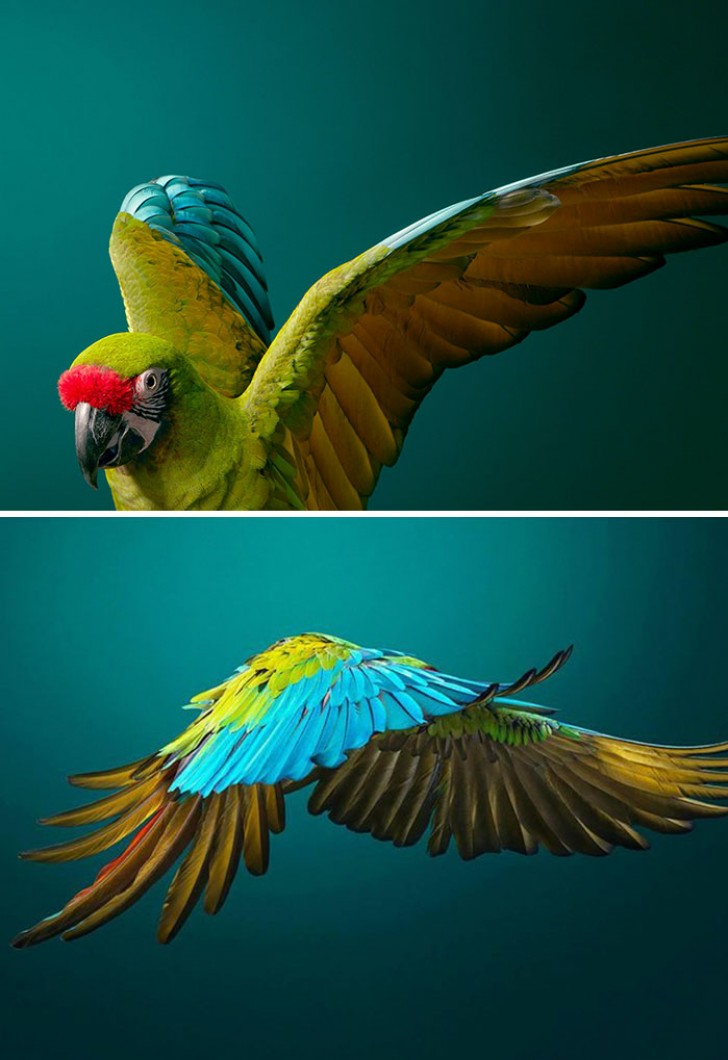
© Tim Flach, from Endangered by Tim Flach
Follow Tim Flach in his work: Instagram: @timflachphotography | Twitter:@Timflach | Facebook: @Timflachphoto | Website: www.timflach.com





